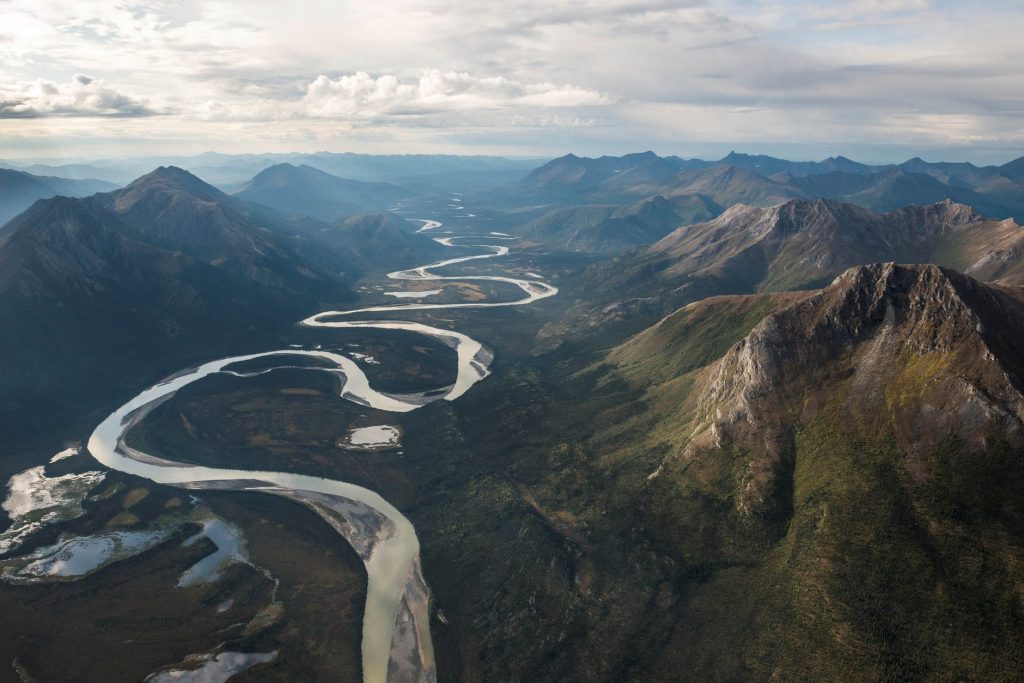On April 21, 2020, EPA published the Navigable Waters Protection Rule in the Federal Register. That rule establishes a new definition for “waters of the United States” (“WOTUS”) and comes five years after EPA’s previous rule that defined the term. A previous article published by the National Agricultural Law Center explores the Navigable Waters Protection Rule and the changes it makes to WOTUS. The term “waters of the United States” is a central component of the Clean Water Act (“CWA”), the federal statute that regulates water pollution in the United States. Knowing which waters are WOTUS is critical because only waters that fall into the definition of WOTUS are subject to the CWA.
However, the definition of WOTUS has shifted many times since it was initially defined in 1973. The constant change in the regulations defining WOTUS can sometimes make it difficult to determine whether a waterbody falls under the jurisdiction of the CWA. In an effort to outline the many changes of an evolving regulatory landscape, the National Agricultural Law Center has developed a timeline tracking the various changes to the definition of WOTUS.
The CWA is the main federal law in the United States governing water pollution. Its purpose is “to restore and maintain the chemical, physical, and biological integrity of the Nation’s waters.” To accomplish this objective, the CWA prohibits the discharge of pollutants into “navigable waters.” When the CWA was passed in 1972, Congress defined “navigable waters” as “the waters of the United States, including the territorial seas.” Since its passage, interpretation of the CWA’s “waters of the United States” has been an on-going challenge.
Two agencies are in charge of implementing the CWA. The Environmental Protection Agency (“EPA”) is the primary administrator of the CWA. It works with state governments to manage the National Pollutant Discharge Elimination System (“NPDES”), a program central to the CWA, which provides that all discharges of pollutants into a water of the United States (“WOTUS”) require a permit. While EPA manages the NPDES program, the Army Corps of Engineers (“Corps”) is tasked with regulating discharges of dredge or fill material into a WOTUS. Section 404 of the CWA makes it the responsibility of the Corps to issue permits for any discharge that would affect the bottom elevation of a WOTUS.
Knowing exactly what waterbodies fall under the definition of WOTUS is crucial for implementation of and compliance with the CWA. A lack of guidance on which waterbodies fall under the jurisdiction of the CWA can lead to unintended violations of the statute. However, the definition has shifted multiple times over the statute’s lifespan as EPA and the Corps have sought to bring the definition into agreement with opinions from the United States Supreme Court and Executive Orders.
Most recently, the definition of WOTUS has varied across jurisdictions following the implementation of the Clean Water Rule in 2015. That rule once again reinterpreted the definition of WOTUS and was prevented from taking effect in several states. This resulted in a patchwork of regulation where some states followed the Clean Water Rule while others applied older regulations.
In response to this patchwork, EPA was directed to repeal and replace the Clean Water Rule. After repealing the rule in December, 2019, EPA published its most recent definition of WOTUS in the Federal Register on April 21, 2020. That rule, known as the Navigable Waters Protection Rule, attempts to streamline the WOTUS definition by establishing four clear categories of jurisdictional waters, specific exclusions of water features that have not typically been regulated under the CWA, and defining terms within the regulatory text which have never been clearly defined in the regulations. It is set to take legal effect on June 22, 2020.
The timeline published by the National Agricultural Law Center covers all the regulatory changes, court cases, and guidance documents, that have altered the WOTUS definition over the years and will be updated to stay current with any changes to the WOTUS definition.
To view the Navigable Waters Protection Rule, click here.
To view the WOTUS timeline, click here.
For further articles published by the National Agricultural Law Center on the definition of WOTUS, click here or here.
For more National Agricultural Law Center resources on the CWA, click here.
